Automated packaging can offer numerous benefits to businesses, including increased efficiency, reduced labor costs, improved consistency and quality, and enhanced scalability. However, converting to automated packaging is a significant investment that requires careful planning, equipment selection, and employee training. In this comprehensive guide, we will explore the advantages of automated packaging, the types of automated packaging machines available, and the steps to convert to automated packaging successfully. We will also cover how to select the right equipment, integrate automation into your workflow, and train employees for optimal performance. By following this guide, you can successfully transition to automated packaging solutions and achieve long-term success for your business.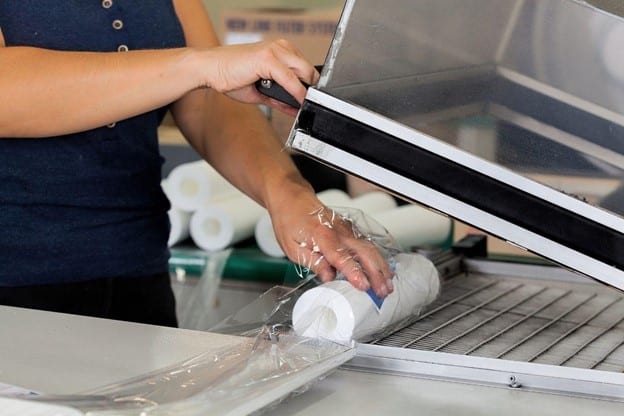
Why Choose Automated Packaging?
Automated packaging offers numerous advantages over traditional manual packaging methods. Some of the key benefits include:
- Increased efficiency: Automated packaging machines can package products at a much faster rate than manual methods, significantly reducing lead times and increasing throughput.
- Reducción de los costes laborales: By automating the packaging process, you can save on labor costs and allocate resources more effectively.
- Improved consistency and quality: Automation ensures that every package is uniform and meets the highest quality standards, reducing the risk of errors and returns.
- Enhanced scalability: Automated packaging solutions can be easily scaled to accommodate business growth, ensuring that you remain competitive in the market.
Types of Automated Packaging Machines
There are various types of automated packaging machines available to suit different needs, including:
- Sello vertical de llenado de formularios (VFFS): Ideal for packaging granular and free-flowing products, such as coffee, nuts, and powders.
- Horizontal Form Fill Seal (HFFS): Suitable for packaging products that require a horizontal orientation, such as bars, tablets, and sachets.
- Flow Wrappers: Designed for wrapping products individually or in bundles, perfect for candy, baked goods, and hardware.
- Cartoners: These machines erect, fill, and seal cartons for products like cereals, pharmaceuticals, and frozen meals.
- Case Packers: Used to pack products into cases or trays, typically for bulk shipments or palletizing.
Steps to Convert to Automated Packaging
Converting to automated packaging involves several steps, including:
- Assess Your Needs: Determine your production goals, product specifications, and budget to identify the best automated packaging solution for your business.
- Select the Right Equipment: Choose the most suitable automated packaging machines based on your needs and requirements.
- Integrate Automation into Your Workflow: Seamlessly incorporate the new machinery into your existing production process.
- Train Employees: Ensure that your staff is properly trained to operate and maintain the automated packaging equipment.
Selecting the Right Equipment
To select the most appropriate automated packaging equipment, consider the following factors:
- Product type: Determine the ideal envasadora based on your product’s shape, size, and material properties.
- Production volume: Choose equipment that can handle your current production volume and has the capacity to scale as your business grows.
- Speed and efficiency*: Evaluate the machine’s packaging speed and efficiency to ensure it meets your desired throughput requirements.**
- Presupuesto: Consider your budget and look for equipment that offers the best value for your investment without compromising on quality or performance.
- Personalización: Opt for machines that can be customized to accommodate specific packaging requirements, such as specialized sealing, labeling, or coding.
- Ease of use: Select user-friendly equipment that is easy to operate, maintain, and troubleshoot, reducing downtime and ensuring optimal performance.
Integrating Automation into Your Workflow
To successfully integrate automated packaging machines into your existing workflow, follow these steps:
- Create a detailed plan: Outline the steps required to incorporate the new equipment, including any necessary adjustments to your facility layout, electrical and pneumatic connections, and production schedule.
- Coordinate with suppliers: Work closely with your equipment suppliers to ensure a smooth installation and setup process. Address any potential issues early to avoid delays.
- Test and optimize: Before running full production, test the automated packaging machines to ensure they are operating correctly. Make any necessary adjustments to optimize performance and minimize waste.
- Monitor and adjust: Continuously monitor the performance of your automated packaging equipment and make adjustments as needed to maintain optimal efficiency and productivity.
Training and Support
Proper training and support are essential for the successful operation and maintenance of your automated packaging machines. To ensure your employees are well-equipped to handle the new equipment:
- Provide comprehensive training: Arrange for hands-on training sessions with the equipment suppliers, covering operation, maintenance, troubleshooting, and safety procedures.
- Develop documentation: Create detailed manuals and guides for your employees to reference when needed. Include step-by-step instructions, diagrams, and troubleshooting tips.
- Establish ongoing support: Work with your equipment suppliers to develop a support plan, including access to technical assistance, spare parts, and maintenance services.
Conclusión
Converting to automated packaging is a significant investment that offers substantial benefits for your business. By following this comprehensive guide, you can successfully transition to automated packaging solutions that increase efficiency, reduce labor costs, improve product quality, and enable scalability. With the right planning, equipment selection, integration, and employee training, your business can thrive in a competitive market and achieve long-term success.

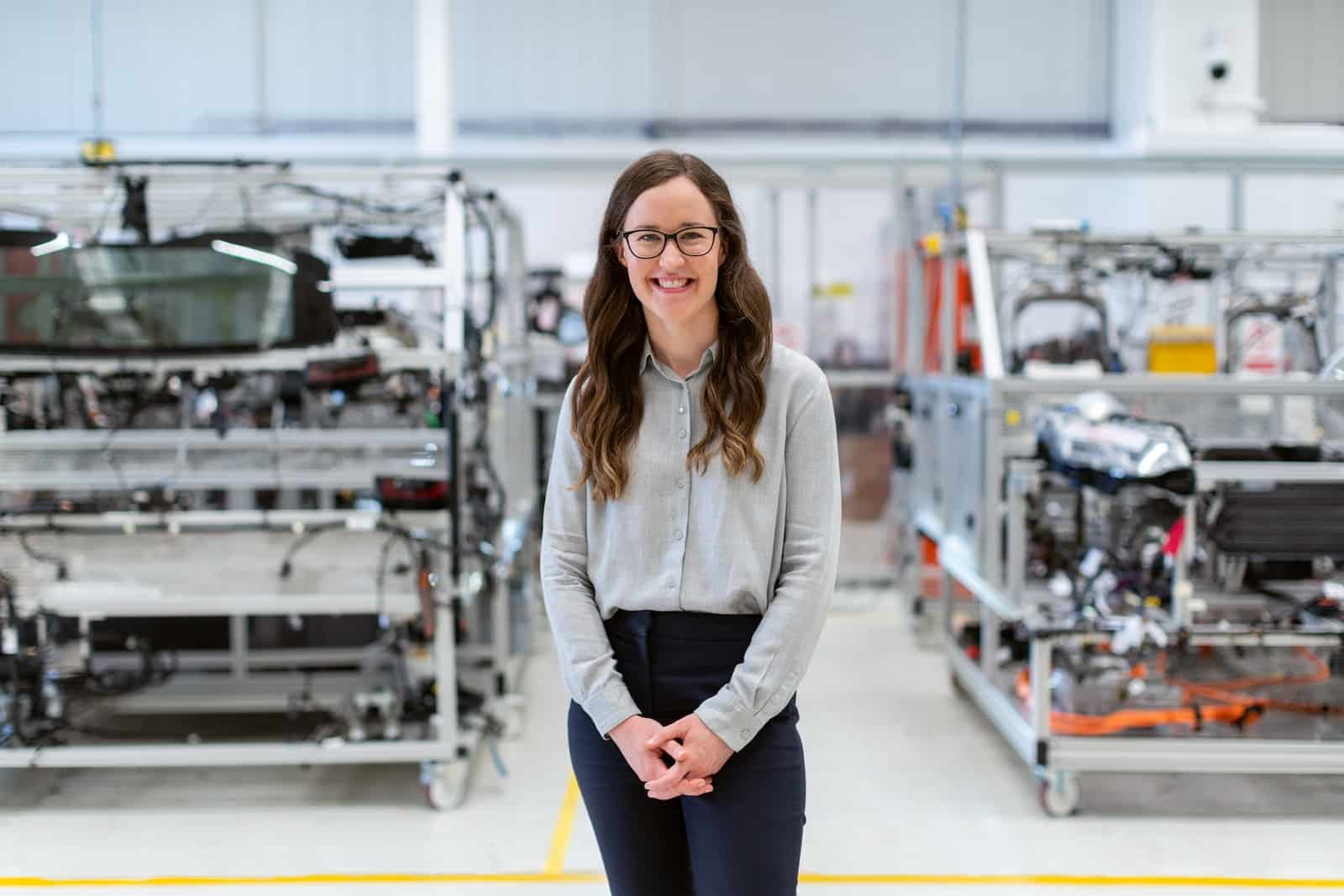
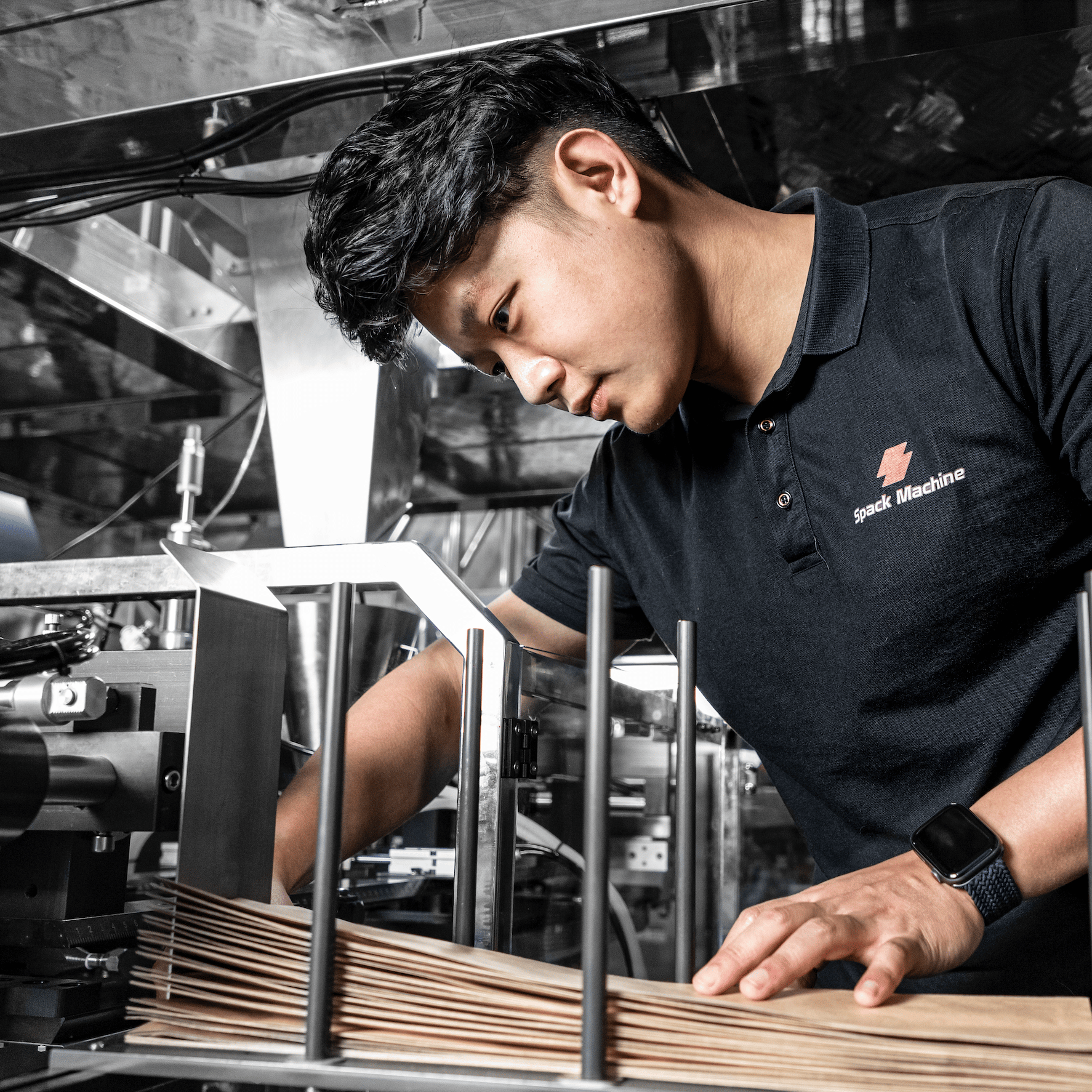
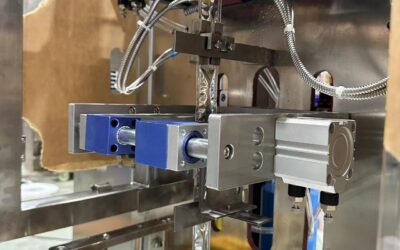
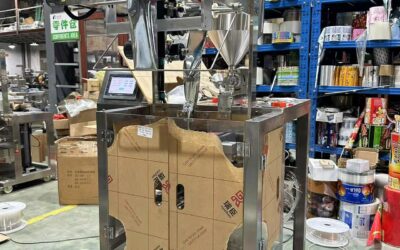
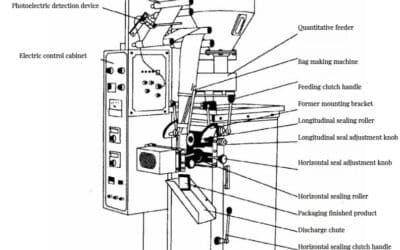
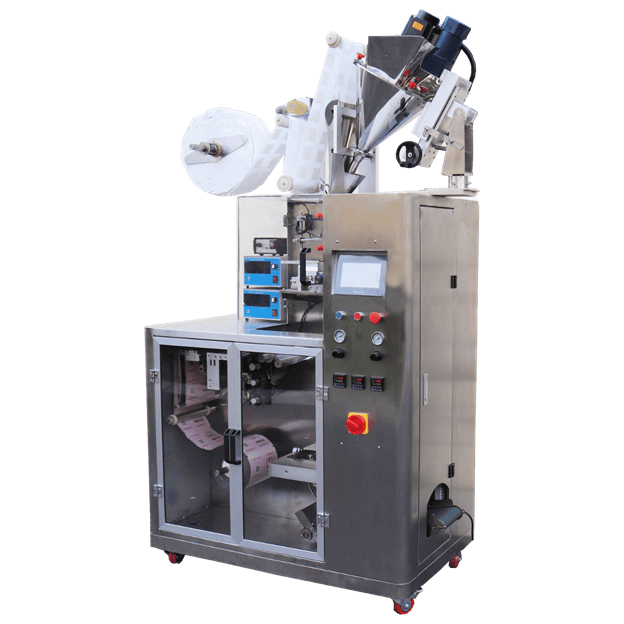
0 comentarios